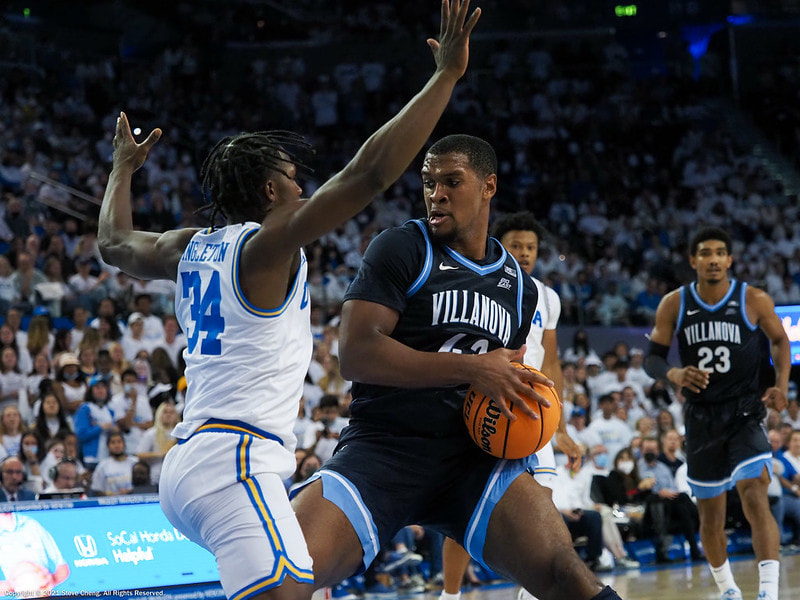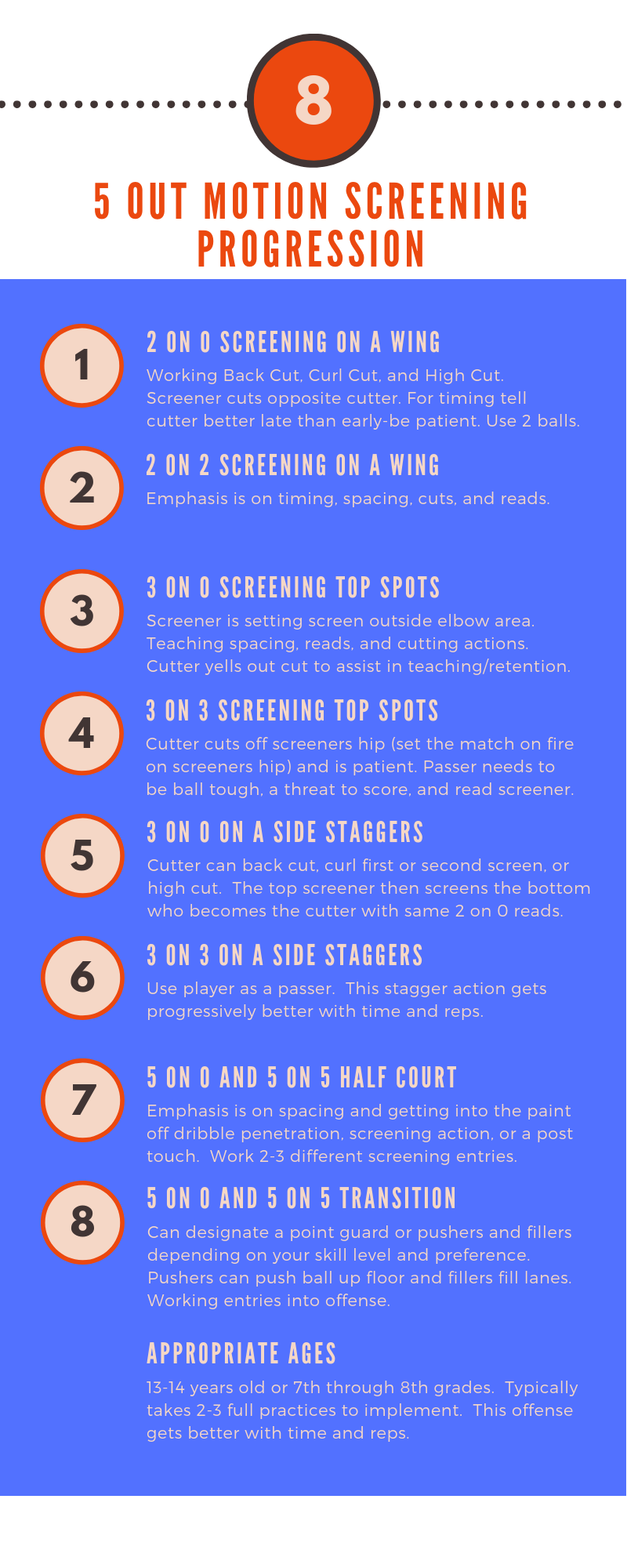LEARN
|
Key principles for 2 on 1:
John Chekouras 2 on 1:
0 Comments
Everybody knows turnovers are huge offensive efficiency killers and live turnovers put your defense at a big time disadvantage. Turnovers for lay ups or the pick six can be really tough to overcome and are demoralizing for your team. These issues can be easy to chart and recognize but the key becomes in identifying, diagnosing, and improving the situation.
If turnovers are an issue for your team it can be helpful to have an assistant coach or trusted parent identify and chart the type of turnovers occurring and by whom. Common turnovers include traveling, passing, footwork, post entry, or driving single gap errors. If a trend is found this can then be addressed in your upcoming practice sessions. As an example, our team’s most common turnovers are: 1. Driving the ball into a single gap and turning the ball over off a deflection or steal by the other team. 2. Being soft with ball against ball pressure and making poor passes versus pressure. To address this we have a 10-15 minute practice segment working on decision making and ball toughness when driving the ball and overloading the passer versus pressure. Sample drills and rules to correct are noted below of which could change pending the specific concerns with your team. Penetration and decision making drills and rules for correction:
Passing versus pressure decision making drills and rules for correction:
At the youth level playing through mistakes and not looking over your shoulder are very important. The bench can be a great teacher to correct a player who is having significant turnover issues, however, this would be a last resort. It is important to follow your association playing time guidelines. For ages 13 and above it would probably be the time to let the bench teach for certain players. Lastly, another way to bring value to taking care of the ball is to scrimmage to 3 points but if a team turns the ball over that is instantly a loss for that team. You will hear your players coaching themselves in these situations by saying things like make sure passes, value the ball, and make the simple play. We hope this article has given you one or two things to help your team take care of the ball better this year and be a more efficient team. -YBD Staff At Youth Basketball Development we believe in a progressive motion offense throughout the 9 to 14 year old age levels and that a limited amount of set plays should be utilized. In particular we feel that the 5 Out Motion Offense allows players to play a lot of different positions and lends itself well to being taught in a progressive fashion with spacing and cutting being taught first and then progressing to screening actions. However, it is paramount that your high school coaching staff be involved in what team offensive system should be used at the youth levels. Before we address this it is important to understand that some of our main goals for our players are: to have fun and improve skill level.
Improved skill level leads to improved offensive execution. You can have the best offense or set plays in the world but if you cannot pass, shoot, or dribble well it will not matter. Your offensive execution will be poor. With that said the main reasons for teaching motion offense and running a limited amount of set plays are:
Set plays or continuity offenses have a role in offensive basketball. However, you will often hear coach after coach screaming at players to run the play, and then the player completely ignores an open lane, shot or teammate. Occasionally a more freelancing offense will lead to bad offensive possessions, but generally the freedom to make plays within a framework can work very well (this is where skill level really helps). Players need to be aware on the court and play the game, rather than run the play. To enhance the decision-making of our players, we create awareness of possible options rather than limiting the focus to one entry into a set play. In our opinion, players enjoy the freedom to make plays and have options available rather than running a set play each time down the court for our one or two best players. In those situations one or two players have the ball in their hands most of the game and they improve but I question the development of their other teammates on the court. In a motion offense concept each player should know what is a good shot for them and will possibly have an opportunity to score or make a play each time down the court. This is in alignment with our philosophy of having fun and improving skill level. There are a lot of ways to play the game and there is not one right answer. The one constant for any good offense is good players! This is achieved through hard work and skill development. |
Archives
April 2024
Categories
All
|



 RSS Feed
RSS Feed